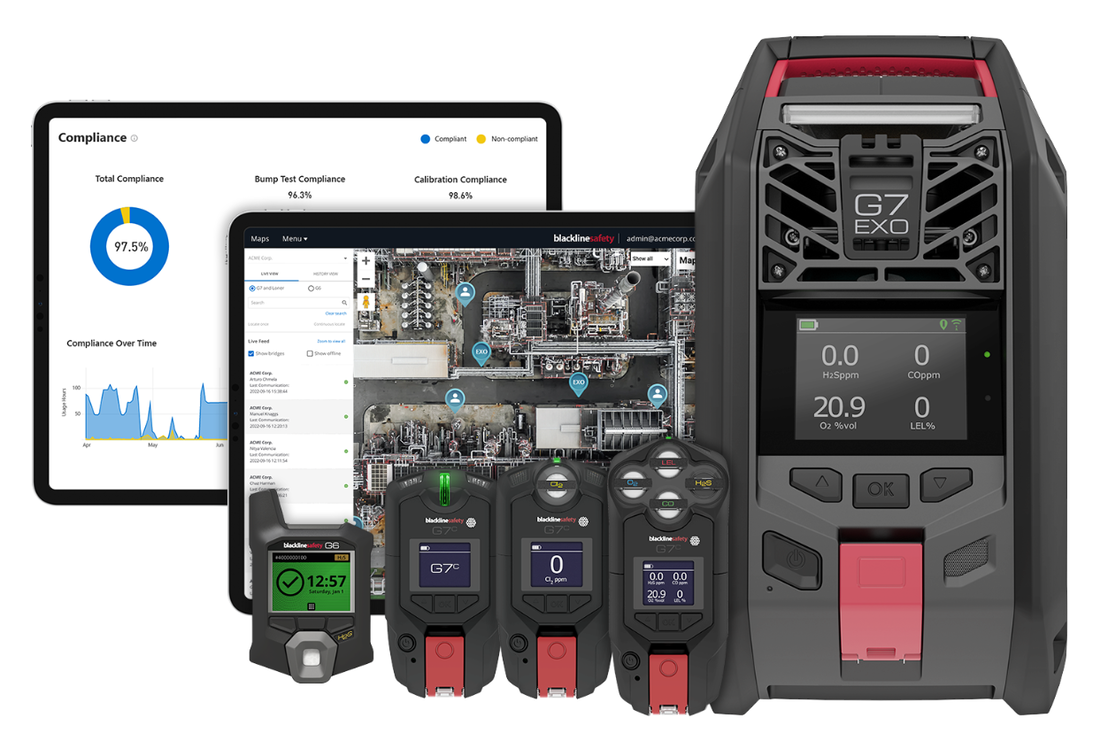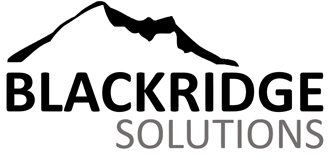
Key Trends in the Work Alone Safety Market:
- 📈 Growing Adoption of Wearable Safety Technology – Devices with fall detection, no-motion alerts, and GPS tracking are becoming industry standards.
- 🔄 Real-Time Monitoring & Automated Check-Ins – Companies are implementing cloud-based lone worker monitoring systems to ensure safety compliance.
- 📡 AI & IoT Integration – Smart sensors and AI-driven analytics enhance work alone safety solutions, improving response times and risk assessment.
- 🌍 Expanding Regulatory Requirements – Governments worldwide are tightening workplace safety laws, increasing demand for compliant lone worker safety devices.
BLACKRIDGE Solutions: Leading the Way
At BLACKRIDGE Solutions, we stay ahead of the curve by providing state-of-the-art work alone safety products designed for industries like construction, utilities, healthcare, oil & gas, and transportation.
Explore the latest lone worker safety innovations today! Contact us today at: [email protected]




 RSS Feed
RSS Feed